Objective Diagnostic Services
TBI Northwest implements cutting edge technologies to comprehensively assess all integrated biological systems. Brain injury impairment can present in many ways, so any assessment should consider cognitive, limbic (i.e., emotional), visuomotor, vestibular (i.e. balance and spatial sense), motor, sensory, coordination, musculoskeletal and autonomic nervous system function.
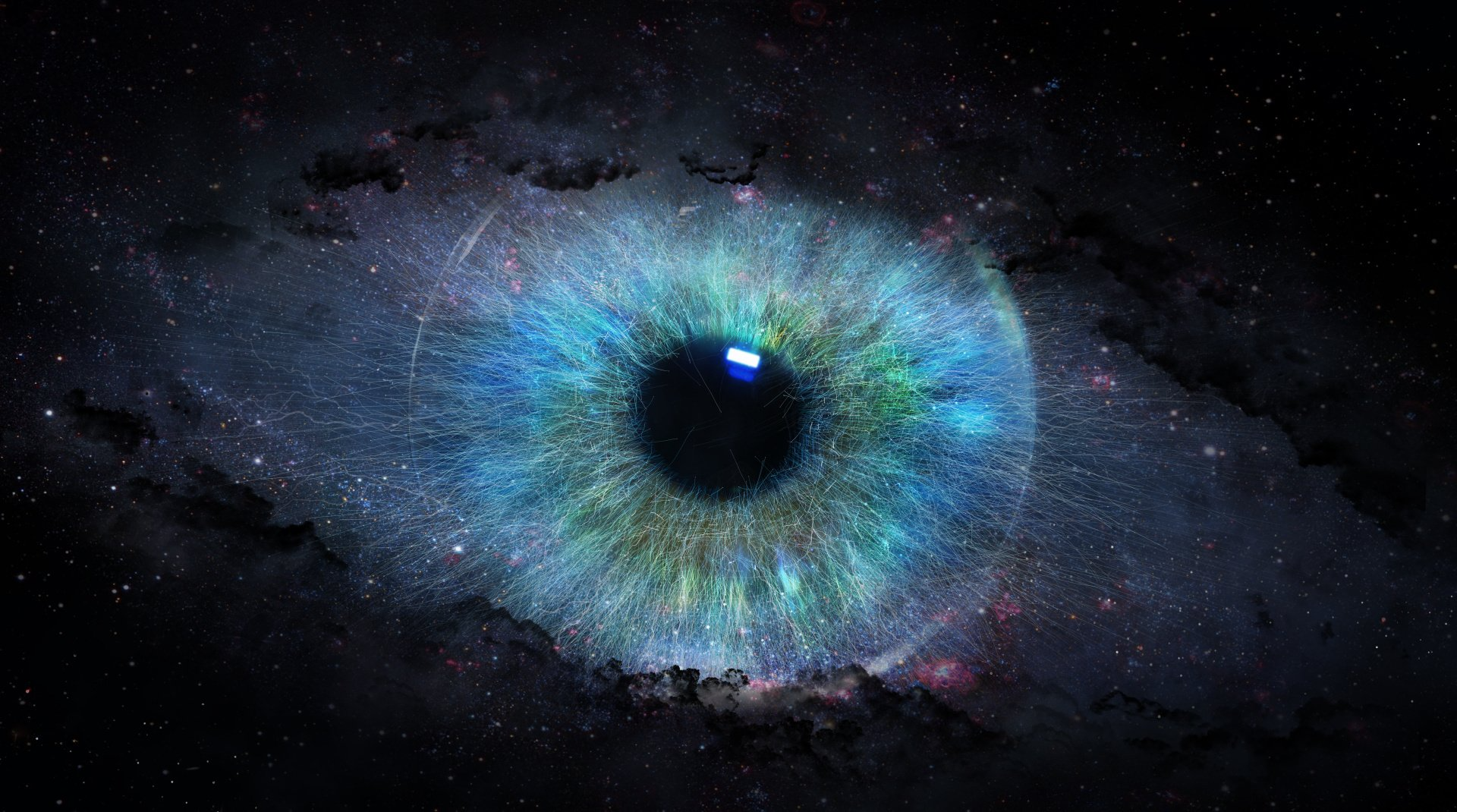
Videonystagmography/RightEye
I-PAS VNG:
VNG tests include nystagmus with and without vision, pursuit tracking, saccade testing, and optokinetic oculomotor tests.
Vestibular function tests, with an air or water caloric irrigator, can help identify the side of a vestibular weakness.
The equipment used at our offices also looks at vergence (near/far), and reaction time including visual, auditory, and motor.
RIGHTEYE:
“RightEye Sensorimotor allows eye care professionals to quickly and objectively identify and address previously unknown binocular vision issues and oculomotor dysfunction in every patient.
Built on the FDA-cleared RightEye Vision System™ and backed by over 30 years of science, RightEye Sensorimotor is designed to improve patient care and increase practice revenue.”
https://righteye.com/
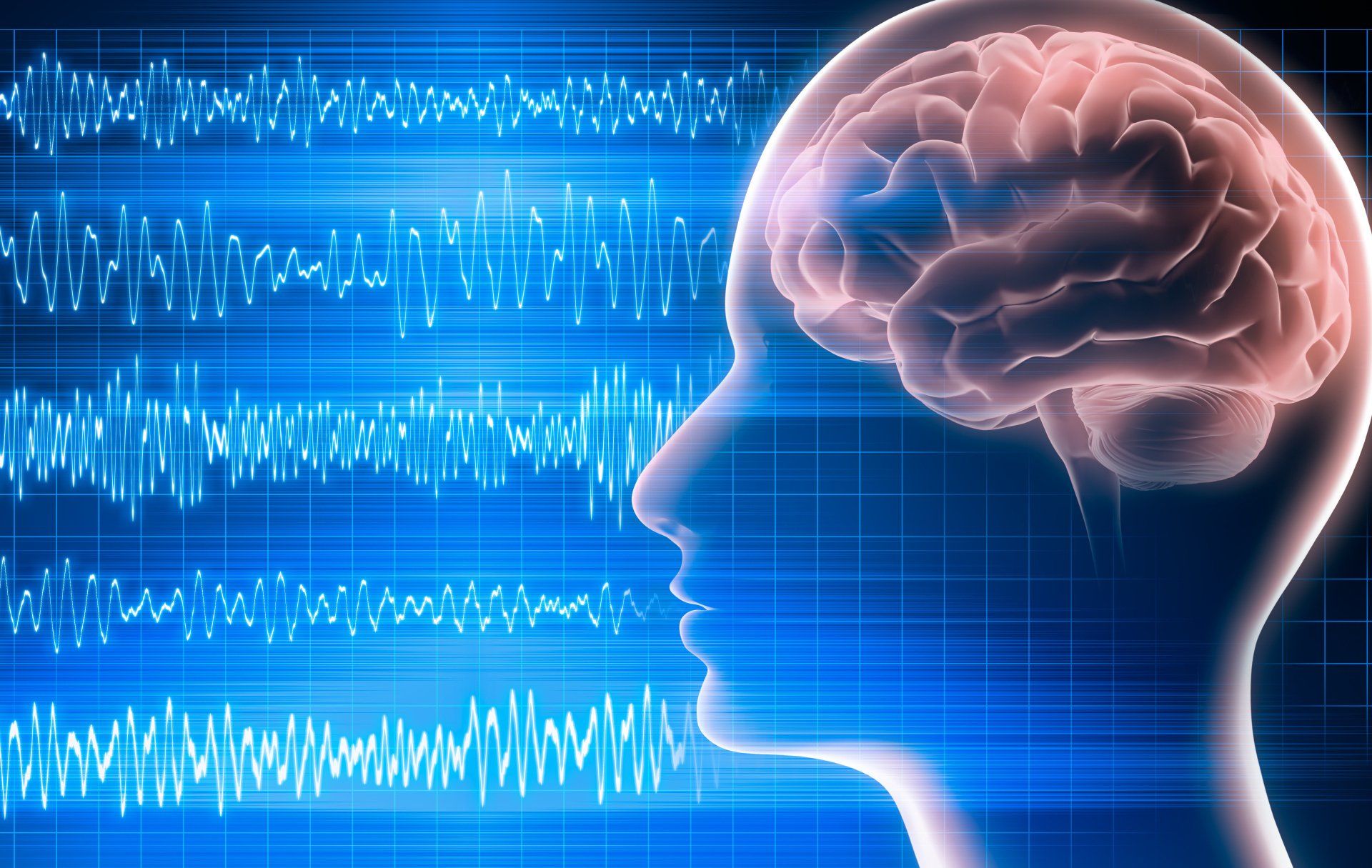
Quantitative Electroencephalography
WAVi qEEG:
WAVi is a multifaceted brain performance assessment tool. (x) WAVi makes it possible for those who are proactively improving brain health to measure the effectiveness of their efforts. The WAVi headset is FDA cleared for use in routine clinical and research settings where the rapid placement of a number of EEG electrodes is desired.

Posturography
VESTIBULAR TECHNOLOGIES (VT):
It is well established in the scientific literature that even mild Traumatic Brain Injuries (mTBIs) affect balance; for this reason, tasks involving balance and coordination are commonly used to determine neurological function in sports-related concussion [2][3]. According to Davis et al. [4] "Currently, all tests and investigations, with the exception of clinical balance testing, remain experimental". vestibtech.com
ICS IMPULSE:
The head impulse test (HIT) provides quick, clear-cut lateralization of a lesion; specific assessment of the vestibular ocular reflex response to stimuli in the high-frequency range, the natural range of head movements. It is the only test that can assess all six semicircular canals. ICS Impulse® from Otometrics is the world’s first vHIT device to combine gold-standard accuracy with unrivaled patient comfort, enabling you to perform head impulse testing with inarguable results. hearing-balance.natus.com
[2] Schneiders AG, Sullivan SJ, Gray AR, Hammond-Tooke GD, McCrory PR. "Normative values for three clinical measures of motor performance used in the neurological assessment of sports concussion."
J Sci Med Sport. 2010 Mar;13(2):196-201. Epub 2009 Jun 27.
[3] Guskiewicz KM. "Assessment of postural stability following sport-related concussion." Curr Sports Med Rep. 2003 Feb;2(1):24-30.
[4] Davis GA, Iverson GL, Guskiewicz KM, Ptito A, Johnston KM "Contributions of neuroimaging, balance testing, electrophysiology and blood markers to the assessment of sport-related concussion." Br J Sports Med. 2009 May;43 Suppl 1:i36-45.
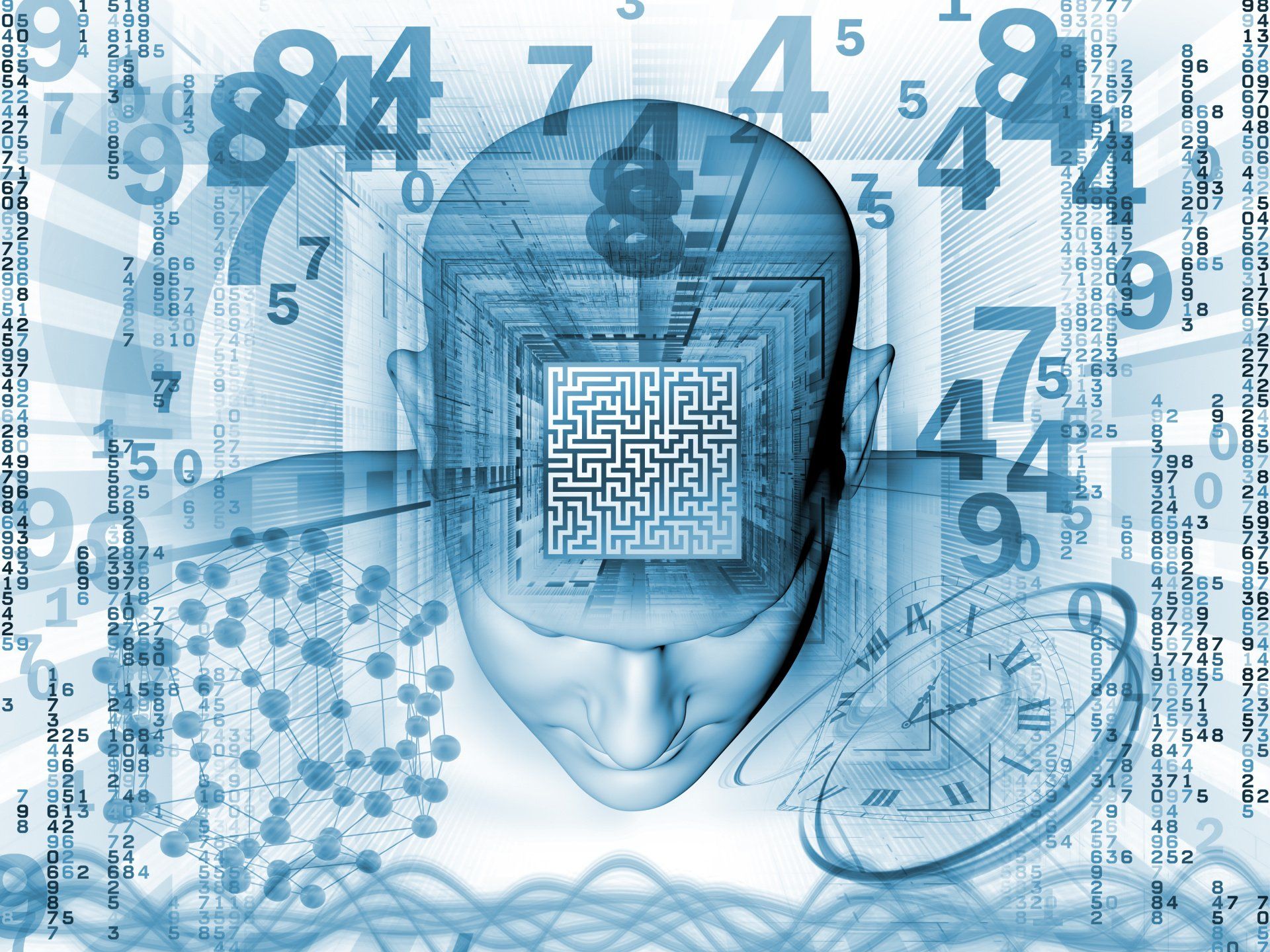
Cognitive Function Assessment
CAMBRIDGE BRAIN SCIENCE (CBS):
A leading web-based platform for the assessment of cognitive function. Used to track cognitive performance over time as part of treatment and wellness plans, using a highly engaging suite of cognitive tasks, validated through decades of research.
CBS Health's cognitive task battery is designed to be an assessment, rather than a diagnostic tool. The objective data on how a patient compares with an age-matched population may assist in the diagnosis of disorders with a cognitive component, and built-in self-report questionnaires can assist in determining mental health disorder symptoms with automated scoring that highlights established cutoff scores.
However, CBS Health should be used in conjunction with other information and clinical judgment to reach conclusions regarding an individual’s health. Ultimately, CBS Health does not replace the judgment of a qualified provider.
- Show patients a quantitative and objective measure of their cognitive health to help complement any existing subjective assessment methods.
- Validate that treatments or wellness plans are having the desired effects.
Hampshire A, Highfield RR, Parkin BL, Owen AM. Fractionating human intelligence. Neuron. 2012 Dec 20;76(6):1225-37.
Brenkel, M., Shulman, K., Hazan, E., Herrmann, N., & Owen, A.M. (2017). Assessing capacity in the elderly: comparing the MoCA with a novel computerized battery of executive function. Dementia and Geriatric Cognitive Disorders Extra, 7, 249-256.
BRAIN FX:
BrainFx 360 is a multi-sensory performance assessment that measures 30 cognitive skills plus psychosocial, physical, and sensory. By focusing on more complex cognitive skills and comprehensively assessing other areas of neurological function, BrainFx Assessments are focused on detecting more subtle or mild to moderate dysfunction.
Searles, C., Farnsworth II, J., Jubenville, C., Kang, M., & Ragan, B. (2018). Test-retest reliability of the BrainFx 360® performance assessment. Athletic Training and Sports Health Care, 11(4), 183- 191

Autonomic Nervous System Testing
ECG:
An electrocardiogram — abbreviated as EKG or ECG — is a test that measures the electrical activity of the heartbeat. heart.org
HRV/HOLTER:
SE-2003 3 Channel Holter Recorder with Holter Analysis Software. Includes Ultra-Lightweight; Holter Analysis Software Kit [02.04.243093]. Heart rate variability is the physiological phenomenon of variation in the time interval between heartbeats. It is measured by the variation in the beat-to-beat interval. Other terms used include: "cycle length variability", "RR variability", and "heart period variability". Wikipedia
PUPILLOMETRY:
REFLEX is a clinically validated tool that is easy, objective, and repeatable.
- an objective biomarker for autonomic responses
- for a clinical measure for proper dosage of therapies
- as an indicator for neuro-integrity
to understand the way responds to therapies
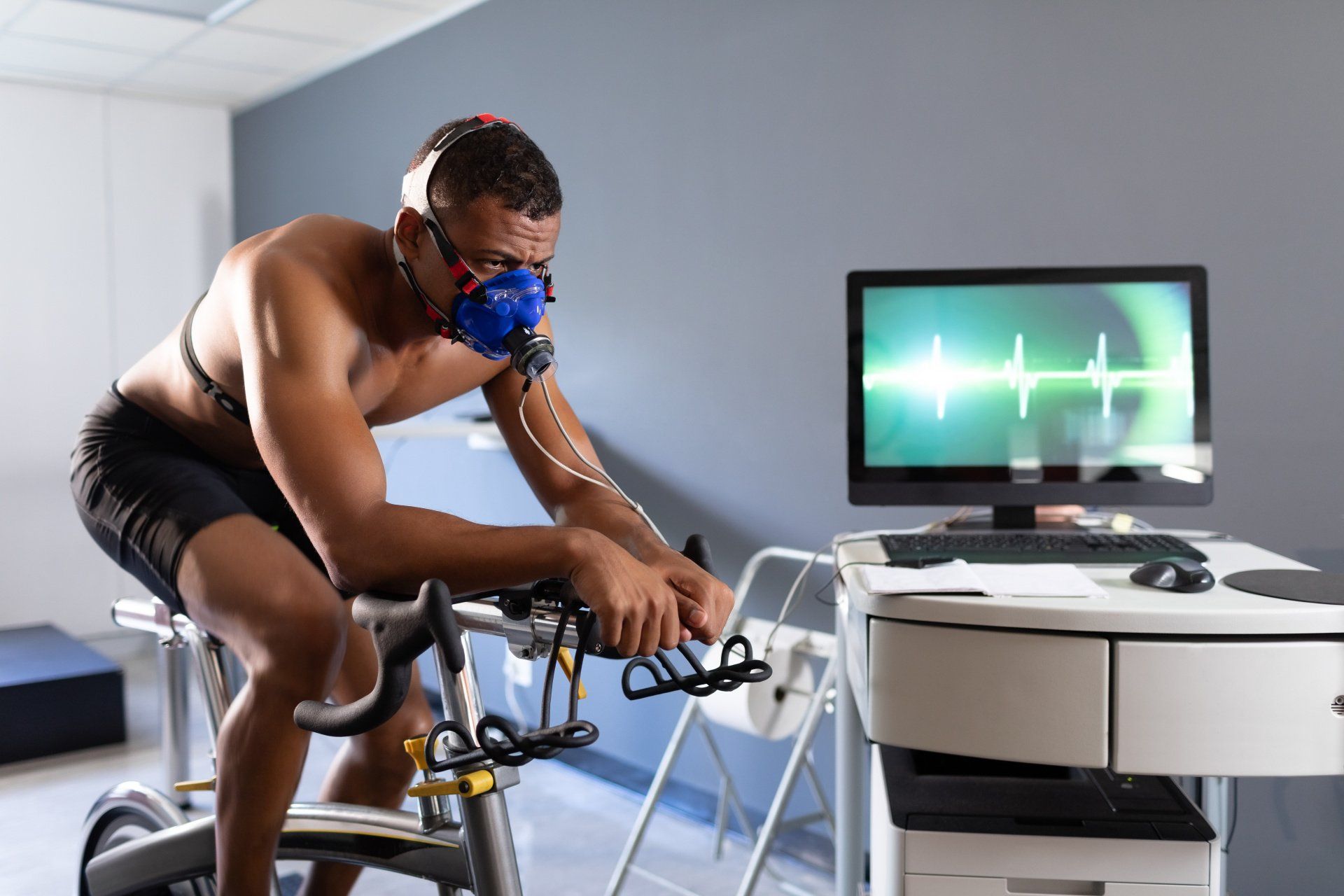
Cardiovascular Testing
CAPNOGRAPHY:
The diagnostic device is for monitoring the partial pressure of carbon dioxide in respiratory gases. Abnormalities of respiratory rate and end-tidal C02 are associated with a variety of neuropsychological impairments as well as other physiological dysfunction.
CARDIOVASCULAR TESTING:
An attribute more specific to aerobic exercise is angiogenesis or the growth of new blood vessels. This happens in both the muscle tissue and the brain. Using adaptive contrast (LiveO2) we are able to manipulate the environment in which angiogenesis can occur (hypoxia, low O2). By alternating from hypoxic to hyperoxic environments we can potentially stimulate the growth of blood vessels to the brain. Combining this with cognitive, visual, or behavioral exercises we can target the area of the brain we hope to see changes as the formation of blood vessels will potentially occur at the locations being stressed.
Using metabolic testing via physical exercise provides insight into how the body acts under increasing stress. Using PNOE, and occasionally a MOXY device we measure the function of the cardiopulmonary system and metabolic function. Variables such as respiratory rate, VO2/HR (O2 pulse) show the oxygen delivered with each heartbeat, end-tidal CO2, provide insight into how the brain may be receiving and utilizing oxygen and other substrates. The in-depth analysis provides additional information to other systems in the body and their function which may provide valuable insight into other health factors.
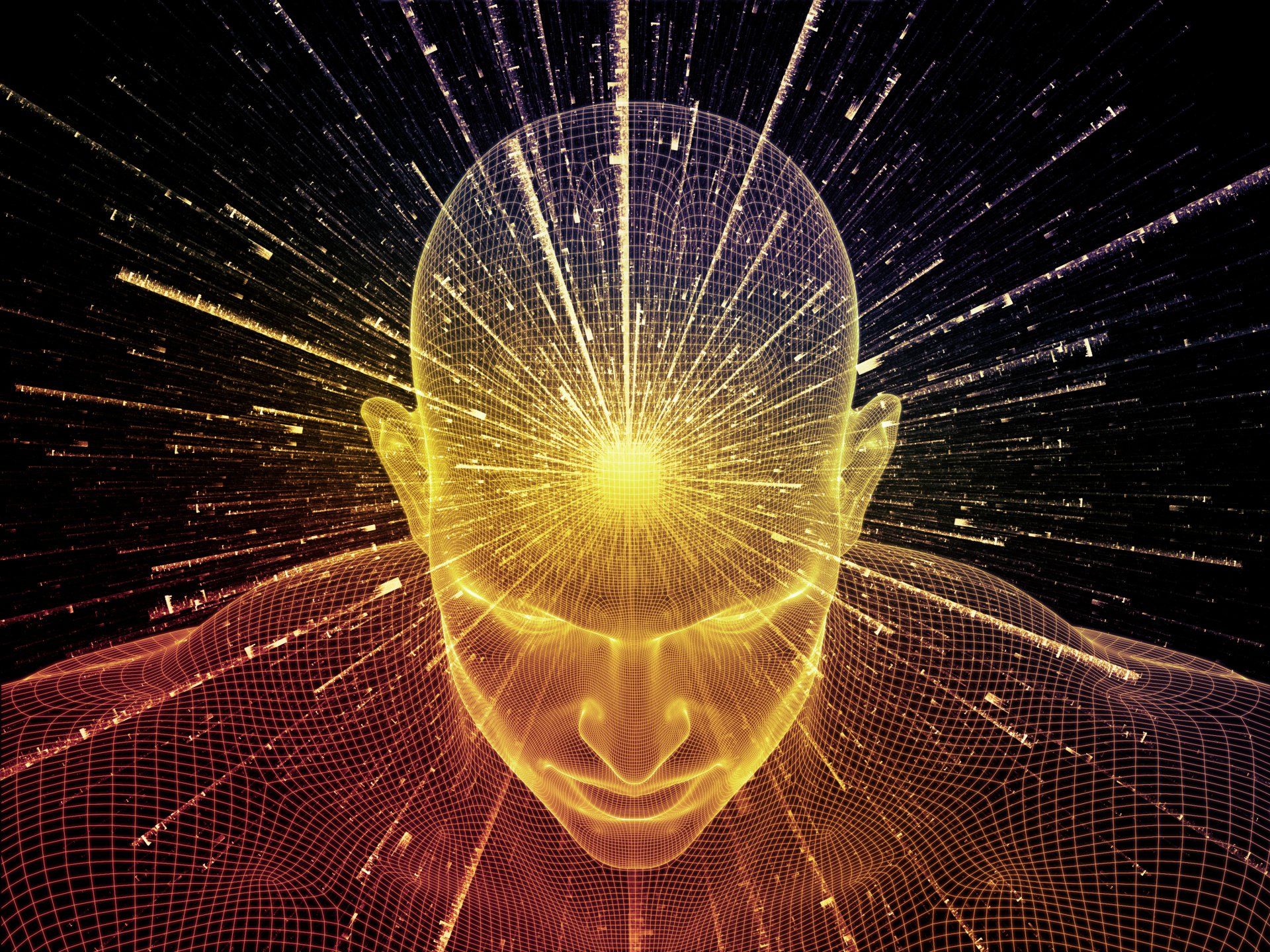
Visual, Auditory, Dual-Task
The combination of modules on the VNG and on RightEye assess the motor response time to various challenges. The motor response time to both visual and auditory stimuli is obtained. Additionally, simple vs. more complex decision-making is also tested.
